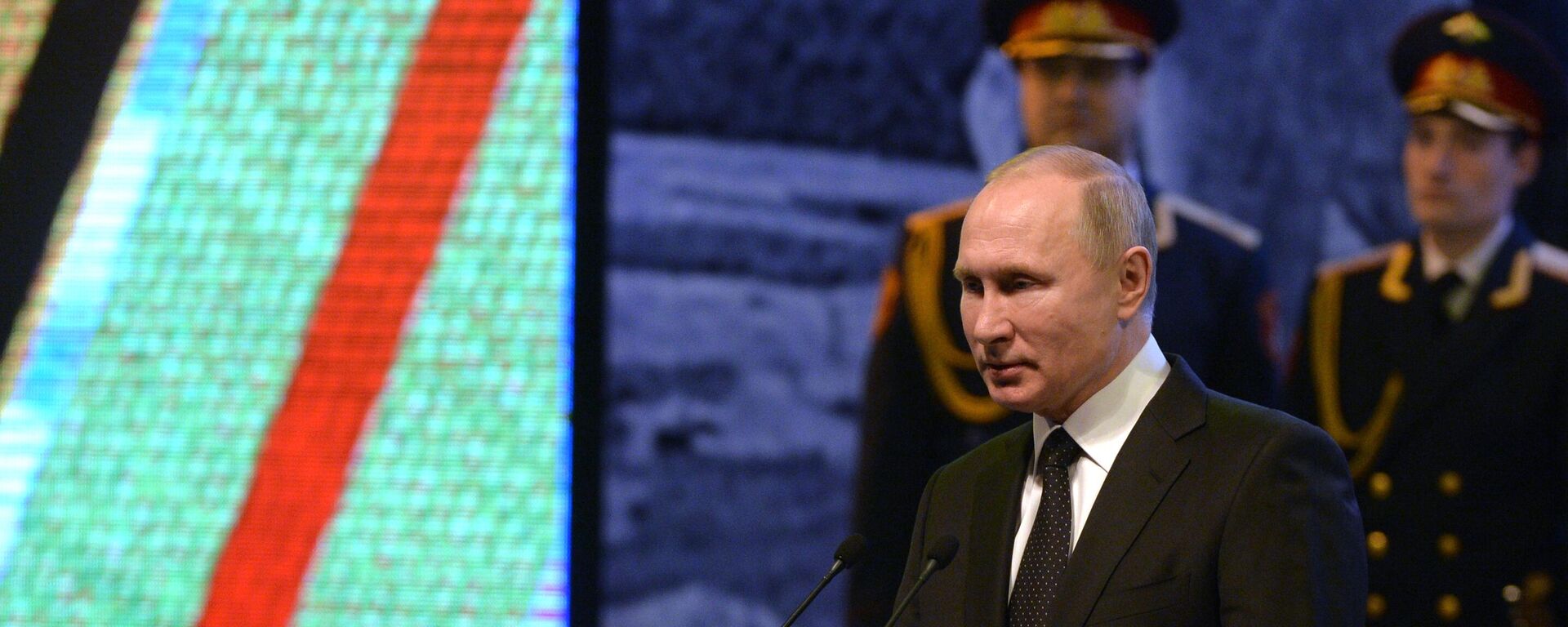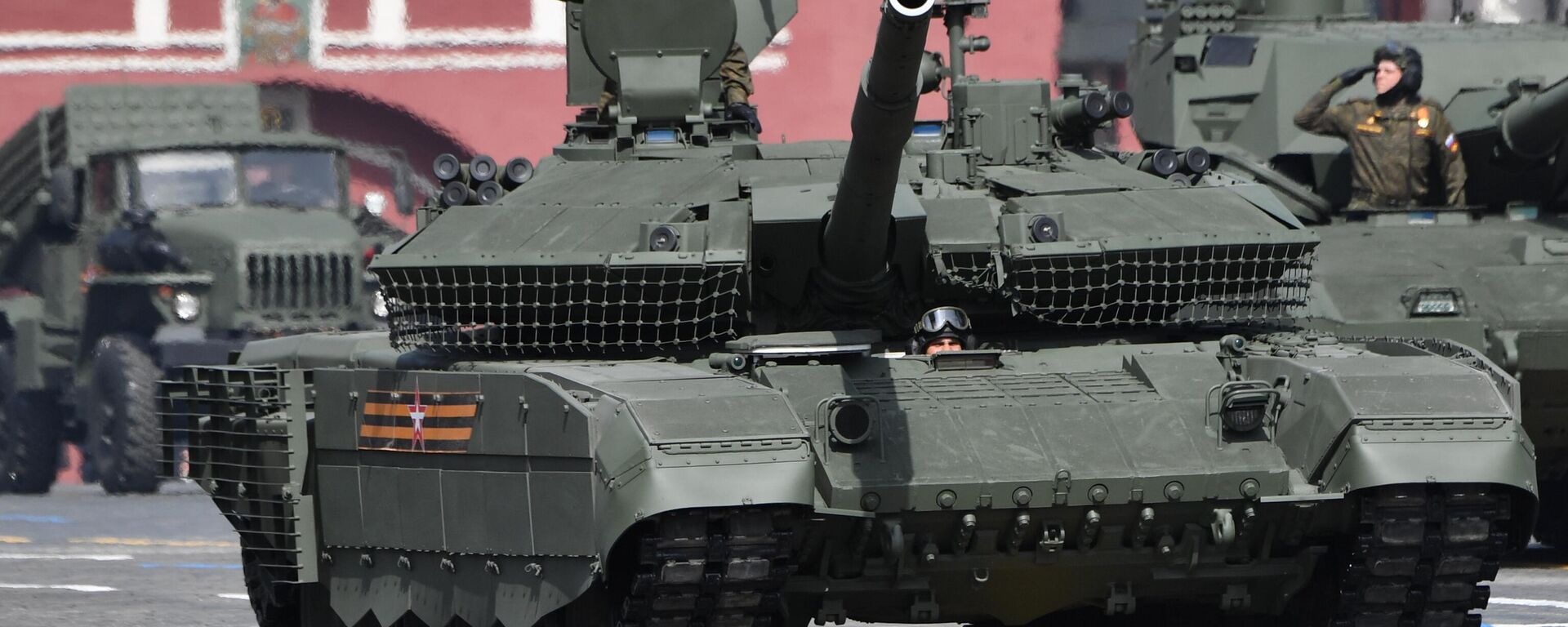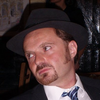https://sputnikglobe.com/20230203/sno-leopard-how-old-tanks-earmarked-for-kiev-differ-from-germanys-big-beast-1106949430.html
S'No Leopard! How Old Tanks Earmarked for Kiev Differ From Germany's Big Beast
S'No Leopard! How Old Tanks Earmarked for Kiev Differ From Germany's Big Beast
Sputnik International
German arms-maker Rheinmetall has offered to refurbish 88 Leopard 1 tanks to replenish the Ukrainian army's dwindling stocks of armour. But the Cold War-era vehicle is only a distant relative of the vaunted Leopard 2.
2023-02-03T16:26+0000
2023-02-03T16:26+0000
2023-02-05T12:37+0000
russia's special operation in ukraine
germany
ukraine
rheinmetall
leopard 2
leopard ii
leopard
https://cdn1.img.sputnikglobe.com/img/07e7/02/03/1106949028_0:30:3119:1784_1920x0_80_0_0_5301c05555e8e33daad621e14b210da6.jpg
German media have reported that Berlin has greenlit the supply of 88 Leopard 1 tanks held in storage by armor builder Rheinmetall to Ukraine.Thursday's report, citing un-named "government sources", cued great excitement among supporters of the Kiev regime and was relayed by English-language news agencies and websites.But these are not simply an older model of the much-hyped Leopard 2 main battle tanks (MBTs) which Germany approved for donation to Ukraine earlier this month — on the condition of Washington's pledge of 31 M1 Abrams tanks, which may now not arrive until 2024.But Russia has warned the Western tanks will be destroyed just like Ukraine's existing pre-conflict stocks of armored vehicles.The Leopard 1 was designed in the late 1950s and early 60s, at time when military tacticians believed that high-explosive anti-tank (HEAT) shells, missiles and rocket-propelled grenades would be able to defeat any thickness of steel armour a tank could feasibly carry.The design consequently focussed on mobility and firepower, with the frontal armour plates only 70mm (2.75 inches) thick — enough to stop rounds from the 30mm autocannon mounted on Soviet ground attack jets but less than some Second World War-era medium tanks. The Leopard 1 was armed with the same 105mm main gun as the contemporary models of the British Centurion and the US M60, but weighed in 10 tonnes lighter than either at 40 tonnes.However, the Soviet T-62 carried a 115mm gun, while the T-64 of the mid-60s upped the ante to 125mm calibre. Both those tanks weighed just under 40 tonnes, yet boasted up to three times the thickness of armour. Later advances in tank protection, including the composite 'Chobham' armour invented in the UK and the explosive-reactive armour blocks developed by the USSR and Israel, made hits from heat munitions survivable by fragmenting the hyper-velocity jet of extruded copper the shaped charge forms on detonation.Those improvements in technology led to the development of the Leopard 2 in the 1970s. While the new tank shared parts of the hull and the wheels from the Leopard 1, it was essentially a whole new vehicle.A longer and wider slab-sided turret led the composite armour insert matrix and a bigger, smoothbore 120mm gun. The 816-horsepower engine of the Leopard 1 was replaced with a 1479-horsepower unit, making the heavier new tank faster than its predecessor. Weight ballooned to 55 tonnes for the first Leopard 2s, reaching 66.5 tonnes on the latest 2A7 model.Thanks — but no TanksEven with the recent flurry of announced gifts of arms to Ukraine, it is questionable whether the West can sustain its dwindling pool of armoured fighting vehicles.Ukrainian deputy defence minister Denys Sharapov admitted in June 2022 that his army had already lost 400 of the 850 tanks it started the war with, along with 1,300 infantry fighting vehicles and 700 artillery. Daily reports from the Russian Ministry of Defence (MoD) list more than 700 MBTs destroyed since the Ukrainian army launched its costly Kherson counter-offensive in late August, bringing the total to at least 1,100.Over the past year, Kiev has received 350 to 400 MBTs from the West, all Soviet-era designs familiar to its tank crews. Those figures indicate that the Ukrainian armed forces may only have around 100 serviceable tanks left.Poland was the first to pledge 14 of its Leopard 2A4s — an older model which already proved vulnerable to Daesh* and Kurdish separatist militants armed with older anti-tank missiles when Turkish forces invaded northern Syria — and Germany soon followed suit with the same number of the newer 2A6 variant.Canada has announced it will send four Leopard 2A4s, while Spain's defence minister Margarita Robles said the kingdom could refurbish four to six of the same model from its reserves.Denmark was also mooted as a donor of the super-heavy big cats, But a recent report in national media said Copenhagen would instead buy back 20 of the 100 Leopard 1A5s sold off by its army to German firm FFG in 2010, for delivery to Ukraine in May at the earliest.But the sources quoted conceded that ammunition supply for the tanks could render them useless. The Leopard 1 fires 105mm rounds which are no longer produced.*A terrorist group banned in Russia and by UN resolutions
https://sputnikglobe.com/20230202/putin-modern-iteration-of-nazism-threatens-russia-who-once-again-has-to-oppose-collective-west-1106925678.html
https://sputnikglobe.com/20230128/what-is-the-russian-t-90m-tank-and-how-does-it-stack-up-against-natos-top-armor-1106788224.html
germany
ukraine
Sputnik International
feedback@sputniknews.com
+74956456601
MIA „Rossiya Segodnya“
2023
James Tweedie
https://cdn1.img.sputnikglobe.com/img/07e4/08/1c/1080307270_0:3:397:400_100x100_80_0_0_7777393b9b18802f2e3c5eaa9cbcc612.png
James Tweedie
https://cdn1.img.sputnikglobe.com/img/07e4/08/1c/1080307270_0:3:397:400_100x100_80_0_0_7777393b9b18802f2e3c5eaa9cbcc612.png
News
en_EN
Sputnik International
feedback@sputniknews.com
+74956456601
MIA „Rossiya Segodnya“
Sputnik International
feedback@sputniknews.com
+74956456601
MIA „Rossiya Segodnya“
James Tweedie
https://cdn1.img.sputnikglobe.com/img/07e4/08/1c/1080307270_0:3:397:400_100x100_80_0_0_7777393b9b18802f2e3c5eaa9cbcc612.png
germany, ukraine, leopard 1, tank, leopard 2, russia
germany, ukraine, leopard 1, tank, leopard 2, russia
S'No Leopard! How Old Tanks Earmarked for Kiev Differ From Germany's Big Beast
16:26 GMT 03.02.2023 (Updated: 12:37 GMT 05.02.2023) German arms-maker Rheinmetall has offered to refurbish 88 Leopard 1 tanks to replenish the Ukrainian army's dwindling stocks of armour. But the Cold War-era vehicle is only a distant relative of the vaunted Leopard 2 and is out of date on the 21st-century battlefield.
German media have reported that
Berlin has greenlit the supply of 88 Leopard 1 tanks held in storage by armor builder Rheinmetall to Ukraine.
Thursday's report, citing un-named "government sources", cued great excitement among supporters of the Kiev regime and was relayed by English-language news agencies and websites.
But these are not simply an older model of the much-hyped Leopard 2 main battle tanks (MBTs) which Germany approved for donation to Ukraine earlier this month — on the condition of Washington's pledge of
31 M1 Abrams tanks, which may now not arrive until 2024.
But Russia has warned the Western tanks
will be destroyed just like Ukraine's existing pre-conflict stocks of armored vehicles.
The Leopard 1 was designed in the late 1950s and early 60s, at time when military tacticians believed that high-explosive anti-tank (HEAT) shells, missiles and rocket-propelled grenades would be able to defeat any thickness of steel armour a tank could feasibly carry.
The design consequently focussed on mobility and firepower, with the frontal armour plates only 70mm (2.75 inches) thick — enough to stop rounds from the 30mm autocannon mounted on Soviet ground attack jets but less than some Second World War-era medium tanks. The Leopard 1 was armed with the same 105mm main gun as the contemporary models of the British Centurion and the US M60, but weighed in 10 tonnes lighter than either at 40 tonnes.
However, the Soviet T-62 carried a 115mm gun, while the T-64 of the mid-60s upped the ante to 125mm calibre. Both those tanks weighed just under 40 tonnes, yet boasted up to three times the thickness of armour.
Later advances in tank protection, including the composite 'Chobham' armour invented in the UK and the explosive-reactive armour blocks developed by the USSR and Israel, made hits from heat munitions survivable by fragmenting the hyper-velocity jet of extruded copper the shaped charge forms on detonation.
Those improvements in technology led to the development of the Leopard 2 in the 1970s. While the new tank shared parts of the hull and the wheels from the Leopard 1, it was essentially a whole new vehicle.
A longer and wider slab-sided turret led the composite armour insert matrix and a bigger, smoothbore 120mm gun. The 816-horsepower engine of the Leopard 1 was replaced with a 1479-horsepower unit, making the heavier new tank faster than its predecessor. Weight ballooned to 55 tonnes for the first Leopard 2s, reaching 66.5 tonnes on the latest 2A7 model.

2 February 2023, 14:35 GMT
Even with the recent flurry of announced gifts of arms to Ukraine, it is questionable whether the West can sustain its dwindling pool of armoured fighting vehicles.
Ukrainian deputy defence minister Denys Sharapov
admitted in June 2022 that his army had already lost 400 of the 850 tanks it started the war with, along with 1,300 infantry fighting vehicles and 700 artillery. Daily reports from the Russian Ministry of Defence (MoD) list more than 700 MBTs destroyed since the Ukrainian army launched its costly Kherson counter-offensive in late August, bringing the total to at least 1,100.
Over the past year, Kiev has received 350 to 400 MBTs from the West, all Soviet-era designs familiar to its tank crews. Those figures indicate that the Ukrainian armed forces may only have around 100 serviceable tanks left.
Poland was the first to pledge 14 of its Leopard 2A4s — an older model which already
proved vulnerable to Daesh* and Kurdish separatist militants armed with older anti-tank missiles when Turkish forces invaded northern Syria — and Germany soon followed suit with the same number of the newer 2A6 variant.
Canada has announced it will send four Leopard 2A4s, while Spain's defence minister Margarita Robles said the kingdom could refurbish
four to six of the same model from its reserves.
Denmark was also mooted as a donor of the super-heavy big cats, But a recent report in national media said Copenhagen would instead buy back 20 of the 100 Leopard 1A5s sold off by its army to German firm FFG in 2010, for delivery to Ukraine in May at the earliest.
"We have concluded that we can have 20 tanks repaired and ready to ship within three months and another 20 tanks in six months," FFG sales director Thorsten Peter said.
But the sources quoted conceded that ammunition supply for the tanks could render them useless. The Leopard 1 fires 105mm rounds which are no longer produced.
*A terrorist group banned in Russia and by UN resolutions

28 January 2023, 13:43 GMT






